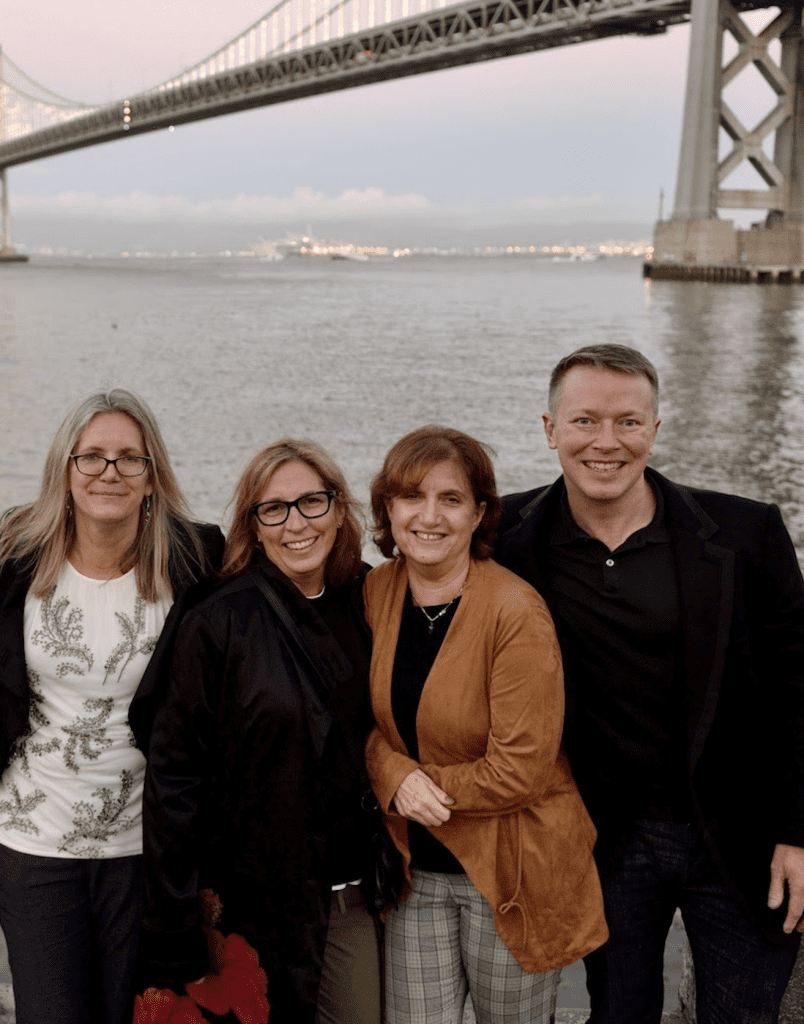While marketing professionals are more attentive and reactive to media coverage than consumers, most must still see several placements before visiting a tech company’s web or mobile site
SAN FRANCISCO—November 3, 2016 – Bospar, the boutique PR firm that puts tech companies on the map, today announced the results of the Bospar B2B PR Effectiveness Study. While an earlier Bospar study looked at how many media placements consumers need to see before visiting a company’s website, this survey was fielded exclusively to marketers—over 500 CMOs, vice presidents of marketing, marketing directors and marketing managers—to see how PR works on the very people who often supervise it.
“Our research shows launches by themselves are not enough,” said Curtis Sparrer, a principal of Bospar. “We wanted to see how marketing professionals reacted to public relations campaigns since they would have the best understanding of what is going on ‘under the hood.’ Our earlier research on consumers shows that for a company to be successful in the media, a strategic, sustained PR program is required over time to encourage conversions. While marketers are more reactive to media coverage, they too require a regular cadence of press stories to be motivated to fully engage with brands.”
‘One to Five’ Is the Magic Number
Over half of CMOs and vice presidents of marketing (52 percent) participating said they would visit a company’s web or mobile site the first time they see a company in the news. That was also true for 43 percent of the marketing directors responding and one in five marketing managers. Seeing a story several (two to five) times in the media will garner visits from another third of CMOs and VPs (35 percent), another third of marketing managers and another 14 percent of marketing directors. Four percent of marketers said no amount of coverage would move them to visit a company site.
“A news story can introduce me to a company in a way that makes me think I should know more about it,” said Jill Byron, Senior Vice President of US Marketing, Adyen. “What catches my eye is a disruptive category, a cool new product, amazing clients, fast revenue growth or an up-and-coming competitor.”
“It’s hard to get my attention,” said Lauren Essex, a CMO for hire in private practice. “I guess I’m just like a busy consumer who has to be exposed to a company several times before I notice it. But if the message is well targeted to me: boom! One exposure and I’m checking it out.”
Marketers Get Their News Online
When it came to consuming media, marketers seemed to have similar preferences, with newspaper websites ranking first and paper magazines ranking last:
- Newspaper websites – 71 percent
- Facebook – 56 percent
- News aggregators – 55 percent
- LinkedIn – 45 percent
- Twitter – 41 percent
- Magazine websites – 37 percent
- TV (not online) – 28 percent
- TV websites – 22 percent
- Word of mouth – 21 percent
- Newspaper (not online) – 13 percent
- Magazines (not online) – 6 percent
“For me, in order of priority, it’s LinkedIn, Twitter and then a news outlet,” said Mandy Dhaliwal Rao, Chief Marketing Officer, Fugue, Inc. “I would visit a company’s site if they announce a major company event—funding, exit, strategic partnership or customer win or if they have a highly creative or pithy story that cuts through the everyday noise.”
“It really depends on the subject matter—I’m pretty wary of click bait,” said Kevin Wray, Chief Commercial Officer, Switchfly. “So the article has to have some data or news that’s compelling or different, not just a rehash of something I’ve seen before. Also, I tend to avoid articles that appear really dense – with, for example, large blocks of text or no images.”
Window Shopping
An overwhelming majority (79 percent) said they would consider purchasing a B2B product or service after seeing it in the media. However, only four percent said media coverage was “very likely” to push them to purchase what they read about; the remaining 75 percent said they were “somewhat likely” to buy. A small minority of “Nellie Negatives” (16 percent) said they were “somewhat unlikely” to buy a product based on media coverage, and five percent said it was “very unlikely” that PR would lead to a purchase.
About Bospar
Bospar is a boutique tech PR firm featuring a team of highly seasoned professionals who exist to put tech companies on the map. Bospar’s principals include a longtime PR and tech industry guru, a former broadcast TV producer and award-winning media maven, a standout PR agency manager from the corporate side of a leading global law firm, and a seasoned executive with both large agency and public company credentials. Bospar’s larger team includes experts in both social and traditional media as well as recognized influencer, financial and analyst relations and public affairs gurus.
For more information, visit Bospar.com.


